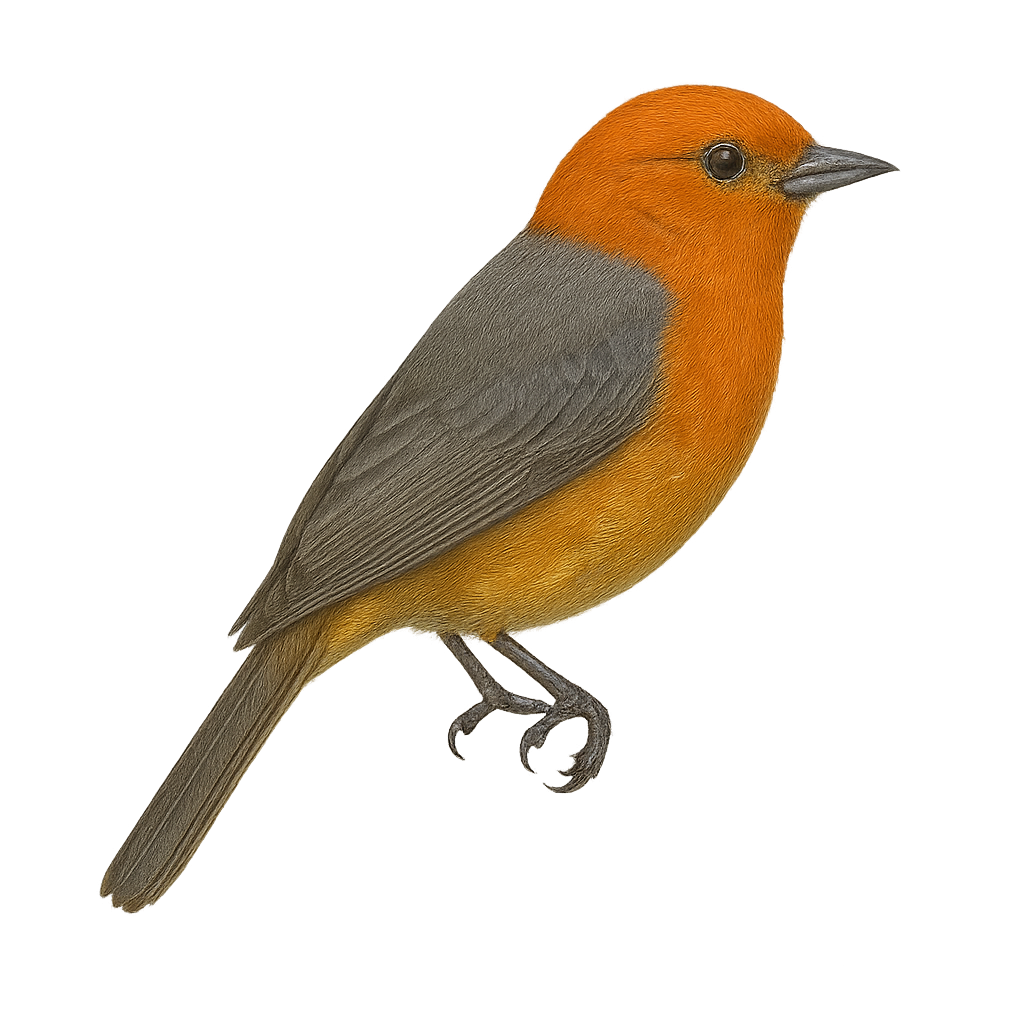Your wildlife photography guide.
Explore the rufous-chested tanager in detail, study its behavior, prepare your shots.
Where to observe and photograph the rufous-chested tanager in the wild
Learn where and when to spot the rufous-chested tanager in the wild, how to identify the species based on distinctive features, and what natural environments it inhabits. The WildlifePhotographer app offers tailored photography tips that reflect the rufous-chested tanager’s behavior, helping you capture better wildlife images. Explore the full species profile for key information including description, habitat, active periods, and approach techniques.
Rufous-chested Tanager
Scientific name: Thlypopsis ornata

IUCN Status: Least Concern
Family: THRAUPIDAE
Group: Birds
Sensitivity to human approach: Suspicious
Minimum approach distance: 10 m
Courtship display: October to November
Incubation: 13-14 jours
Hatchings: October to December
Habitat:
humid forests, wooded areas, mountains
Activity period :
Primarily active during the day, with peak activity in the morning and late afternoon.
Identification and description:
The Rufous-chested Tanager, or Thlypopsis ornata, is a small, colorful bird belonging to the Thraupidae family. It is primarily found in the mountainous regions of South America, particularly in Colombia, Ecuador, and Peru. This bird is notable for its vibrant plumage, featuring a rufous chest and wings with shades of gray and brown. It mainly inhabits humid forests and wooded areas, often at altitudes between 1500 and 3000 meters. The Rufous-chested Tanager is a diurnal bird, active mainly during the day, and feeds primarily on insects and fruits. Although generally suspicious, it can sometimes be seen in small groups.
Recommended lens:
400 mm – adjust based on distance, desired framing (portrait or habitat), and approach conditions.
Photography tips:
To photograph the Rufous-chested Tanager, it is advisable to use a 400mm lens or longer to capture precise details of its colorful plumage. Look for it in humid forests and wooded areas at altitudes between 1500 and 3000 meters. Be patient and discreet, as this bird is suspicious. Opt for early morning or late afternoon hours to benefit from soft natural light. Use a tripod to stabilize your camera and achieve sharp images.
The WildlifePhotographer App is coming soon!
Be the first to explore the best nature spots, track rutting seasons, log your observations, and observe more wildlife.
Already 1 439 wildlife lovers subscribed worldwide

